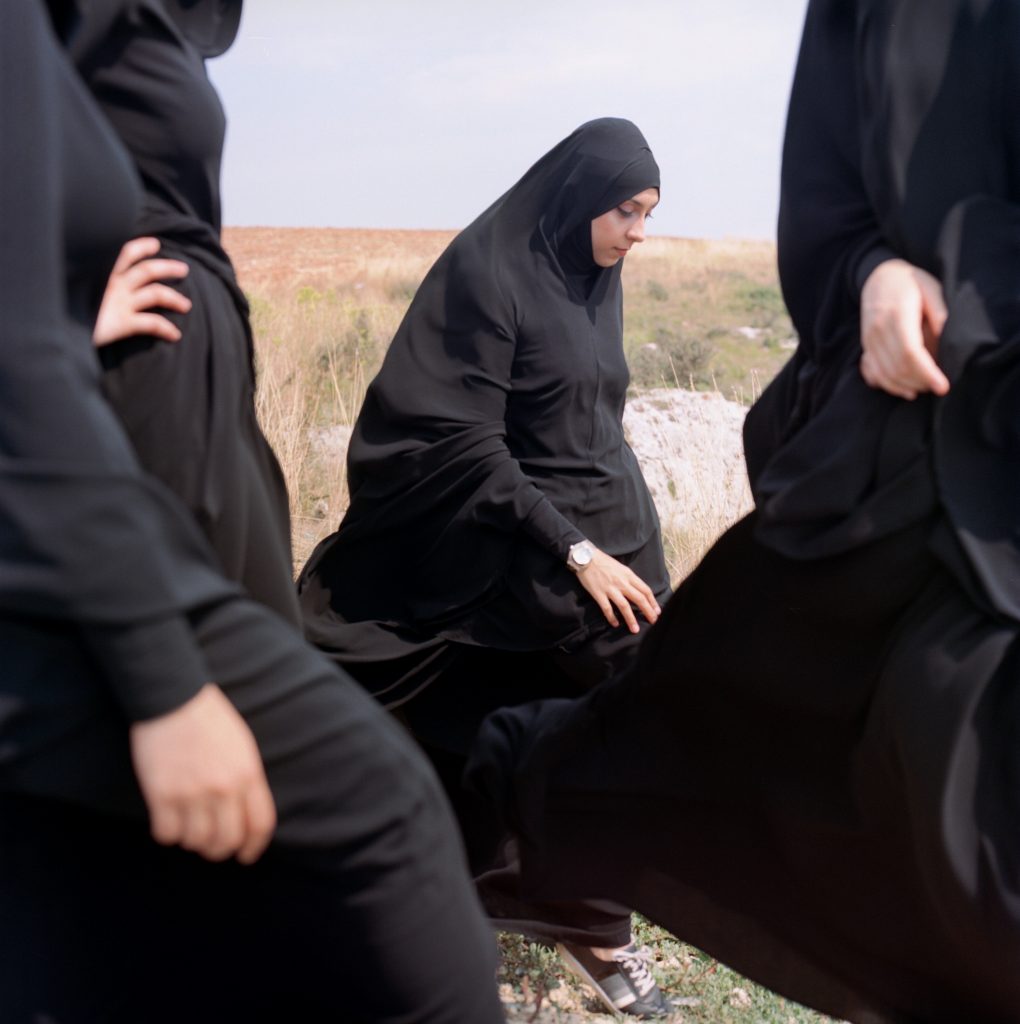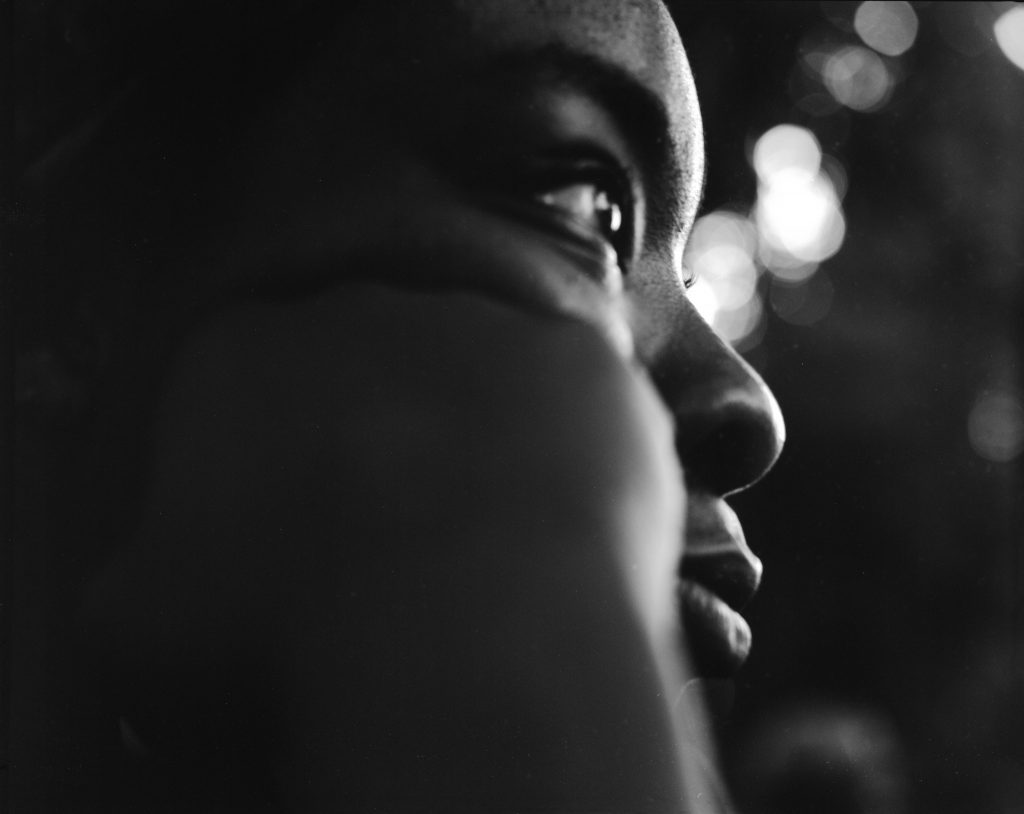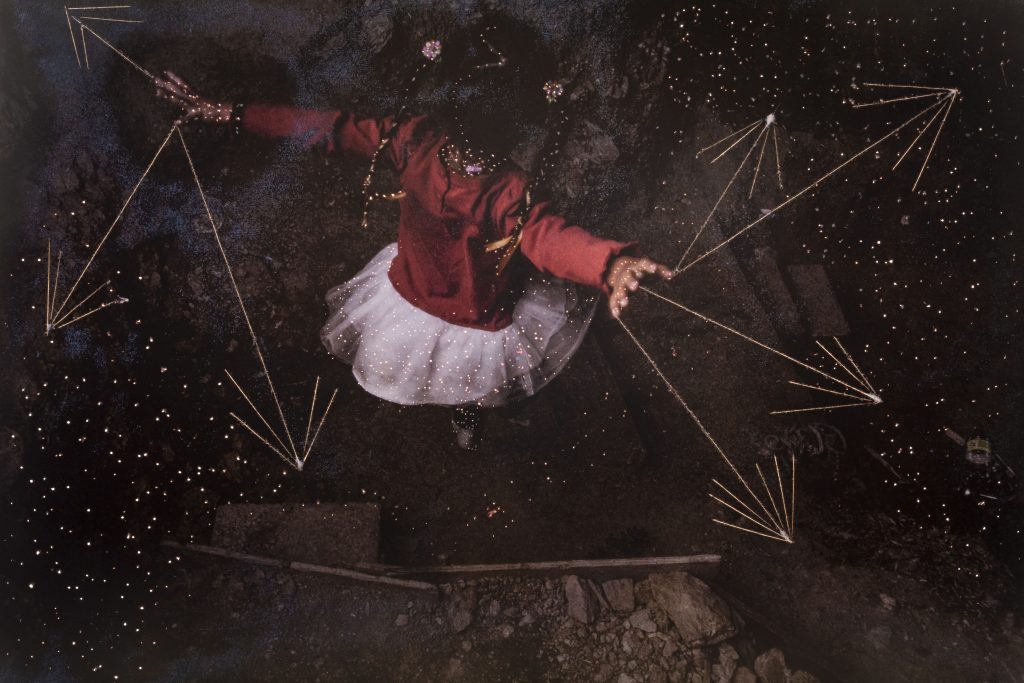Each year, at the Magnum Photos collective’s annual general meeting, a number of new photographers are invited to join by the existing members. Five photographers joined the collective as nominee members in 2020: Khalik Allah, Sabiha Çimen, Colby Deal, Yael Martínez, and Hannah Price. Under Magnum’s system, photographers first join as Nominees, before graduating to become Associates a couple of years later. After a period as Associates, they then become full Members – a status which confers life-time membership of the world-famous agency.
Let’s have a closer look at the new nominees, exploring their major works and approach to the medium.
Khalik Allah is a self-taught filmmaker and photographer, and New York native (b.1985). He has made a large portion of his work to date in Harlem, specifically at the junction of 125th Street and Lexington Avenue, images from which constituted his 2017 book Souls Against the Concrete (University of Texas Press). Photographing across the black diaspora, inspired and guided by the teachings of the Five Percent Nation, his work has been described as “street opera” for the visceral, penetrative, lyrical beauty of black people’s portraits, who live under extreme conditions of marginalization. “My work is a marriage of myself and the streets, with my camera aligned with what I am documenting”, he said. Shot at nighttime, in a black neighborhood – “a double darkness people are often afraid of”– his photos go beyond street photography, liberating the soul of his subjects from the burdens of their social circumstances. Deeply spiritual, daring, aesthetically bold, they show a different story of black culture, revealing humanity and dignity in a difficult environment. Allah is also known for the documentary films Field Niggas (2015) and award-winning Black Mother (2018), shot in Jamaica.
Sabiha Çimen was born in Istanbul, Turkey in 1986. She is a self-taught photographer, focusing on women, Islamic culture, portraiture and still life. Second prize winner in World Press Photo’s 2020 Contest (Long Term Projects Category), 2020 Canon Female Photojournalist Grant recipient, and W. Eugene Smith Memorial Grant, Çimen started out studying international trade and finance before succumbing to the allure of photography. One of her first moves upon purchasing a second-hand medium format camera was to return to her all-girls Qur’an school in Istanbul, to start work on her long-term project: Hafiz: Guardians of the Qur’an, documenting a rarely seen world, working with nostalgia in her images, and drawing on psychological connections with the subjects of her photos to create her visual “autobiography”. Muslims who completely memorize the Qur’an are allowed to use the title ‘Hafız’ before their names. The practice dates back to the days when illiteracy was widespread and paper and vellum were prohibitively expensive, so Hafızes were seen as guardians of the holy word. This story is a glimpse into a normally hidden and forbidden world, portraying the lives of young girls during their intensive years of Qur’an education: a task that requires discipline, devotion and focus. But it is also shown how they simultaneously retain the dreams and adventurous nature of young women of their age.

Colby Deal was born and raised in Houston, Texas, where he received his Bachelor of Fine Arts in photography. He works mixing photographic genres, depicting nostalgia for a changing neighborhood. He shows the dynamic range of family, community and the individual by combining street photography and portraiture to capture vibrant communities. Deal’s ongoing project, Beautiful, Still, draws on the romance of past eras to remind viewers of the ephemerality of a community that is rapidly changing in his neighbourhood, Houston’s Third Ward; at the same time, his work is a love letter to the lives and the culture that endure there despite multiple detrimental forces. He employs motifs from traditional, black, southern American culture in the images: his subjects are seen listening to music, playing chess, always outside in the front yard or on the street, while he takes care to remove identifying symbols, brand logos and modern technology like phones, in order to preserve a sense of ambiguity.
A sub-series portrays women in white dresses, maternal figures who demonstrate their beauty in defiance of the multitude of social pressures they are exposed to. All of Deal’s photographs focus on the subjects as relational beings, individuals existing within a social context, providing exterior information to suggest how a person might relate to others. Deal has been displaying these images around his neighborhood and other parts of Houston, flyposting them, a novel approach that side-steps the formalities of conventional galleries and gives the work right back to the communities in which it is created. His series Red Gen, documenting ordinary people who have affected change in their communities in the wake of this summer’s racial uprisings in America has been recently exhibited at the Houston Museum of African American Culture.

Yael Martínez, a former Magnum Foundation Fellow, won the 2nd Prize of the World Press Photo contests 2019 in the category of Long Term Projects and was the recipient of the Eugene Smith Award in the same year. Martínez’s work has since 2013 been exploring the human and emotional impacts of organized crime in his native Mexico, dealing with his own family’s losses (of three of its members, 18, 19 and 23 years old) as well as those of others, expanding from personal grief to dealing with social issues all over Mexico. Drawing upon traditional photo reportage, collage, self-portraiture and the physical manipulation and illumination of his images, Martínez’s projects in his words explore “the symbolic construction of the territory where violence penetrates all…”. In fact, he often works symbolically to evoke a sense of emptiness, absence, and pain suffered by those affected by organized crime in the region. One of his best-known projects, La Casa Que Sangra (The House That Bleeds), focuses on communities fractured by organized crime, in a physical and psychological sense, sometimes transforming personal nightmares into photos. In the more recent Firefly, he intends to focus on the concept of resilience, underlining how “human beings can transform a black energy in a positive energy”, illustrating his photographs with pinpricks, allowing delicate threads of light to emerge from the images. Far from a straightforward photo reportage, Martinez’s approach tries to develop an image for the audience that is as close as possible to the photographer’s experience, to his perception of different layers of reality.

Hannah Price is a Philadelphia-based photographer and documentary filmmaker. Born in Annapolis, Maryland, and raised in Colorado, she has spent years exploring various aspects of identity, societal perceptions, projections and distortions in contemporary America, focusing on racial politics and how people define themselves. At times critiquing the destructive powers of mainstream visual representations in determining the realities of black people and other racialized groups, Price also sees in image-making a strategy for recuperating different ways of relating to others, and the world around us. To date, her projects have included: the internationally renowned City of Brotherly Love— a visual survey of catcallers she encountered in Philadelphia; Resemblance — a series of portraits of inner-city high schoolers in Rochester New York; Cursed by Night, made in 2012-2013, on the perceived threat of black masculinity; and 2018’s Semaphore, exploring how individuals signal their identities. They all revolve around issues of race, gender, and the relationship of the individual to the collective. Following an ethic of quiet observation and “emotional caution”, her photos are able to give rare attention to the subjectivities of those she photographs, even as she probes the validity and significance of the social constructs that operate around them and that sometimes involve very negative connotations. Price tries to challenge people to think about what they see in front of them: “if their own projection is true or not, in their situation”.
November 21, 2020




